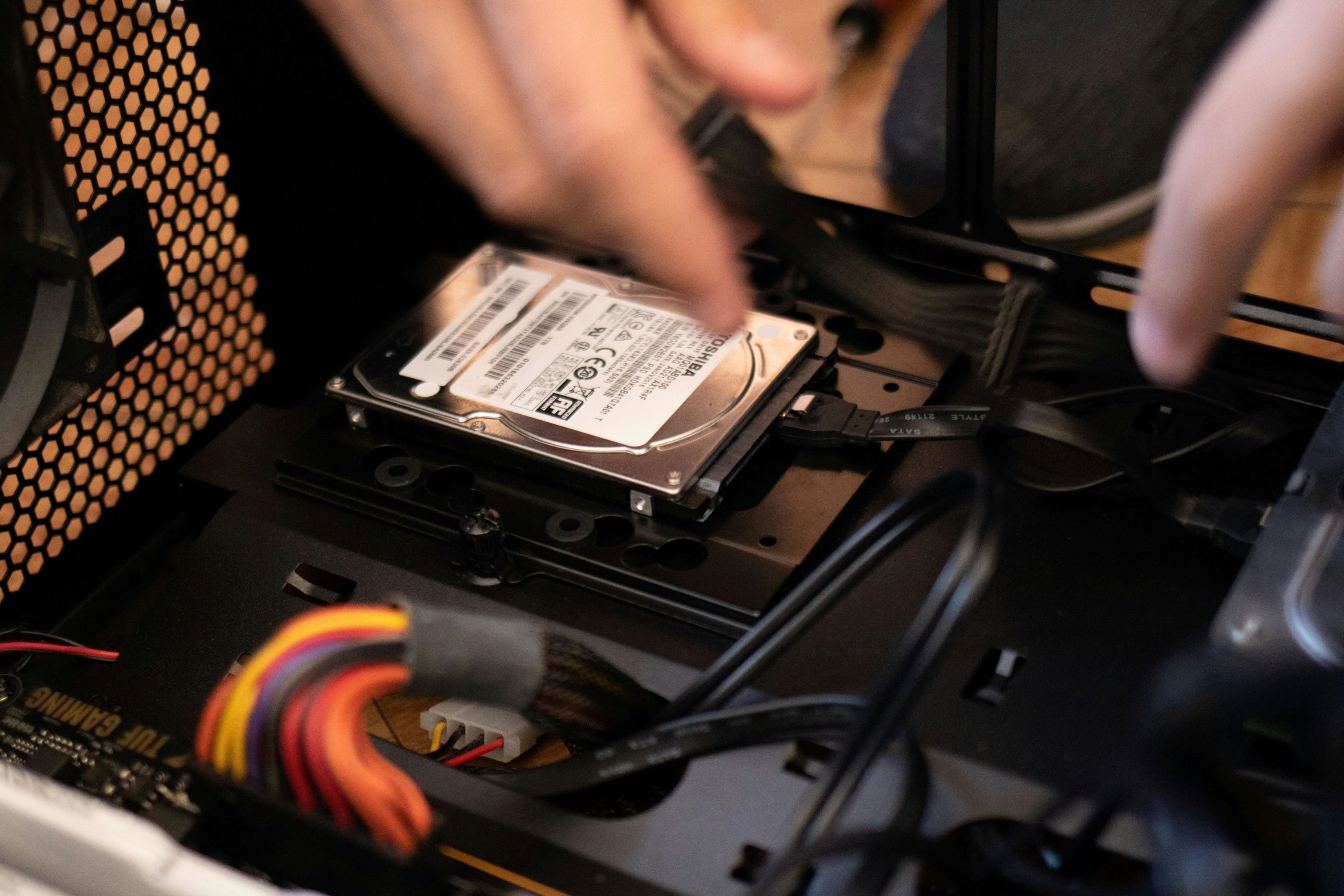Astrazeneca (AZN)- Technical & Fundamental Analysis
$12,416
Astrazeneca (AZN)- Technical & Fundamental Analysis
06 Nov 2025, 09:34

Pexels.com

Microsoft Leads the AI Chip Race
Microsoft has solidified its position as a dominant force in the AI industry by acquiring 485,000 of Nvidia’s Hopper GPUs in 2024—twice as many as its closest competitors, including Meta, Amazon, and Google. This aggressive acquisition strategy highlights Microsoft’s commitment to leading the next wave of AI innovation through its Azure cloud platform and investments in OpenAI.
Analysts from Omdia revealed that Big Tech companies spent $229 billion on server infrastructure in 2024, with Microsoft alone contributing $31 billion, the highest among its peers.
Key Players and Their Investments
Implications for Nvidia and Competitors
Nvidia dominates the AI chip market, claiming 43% of global server spending. Its valuation reached $3 trillion this year, although growth has slowed due to competition from Big Tech’s custom chips and potential disruptions from US-China trade tensions.
Rival developments:
What This Means for Consumers
Microsoft’s investment in AI infrastructure could revolutionise the technology landscape, directly impacting consumers in several ways:
However, rising competition could also fragment the market, with companies like Google, Meta, and Amazon offering proprietary AI solutions that may not interoperate seamlessly with Microsoft’s ecosystem.
Economic Implications of AI Investment
Conclusion
Microsoft’s substantial investment in Nvidia chips signals its determination to outpace rivals in the AI race. For consumers, this could mean more accessible, powerful AI tools, while investors should watch for shifts in the AI hardware market as Big Tech develops custom alternatives. The AI landscape is set to evolve rapidly, with Microsoft at the forefront of this transformative era.
Source: (FT.com)